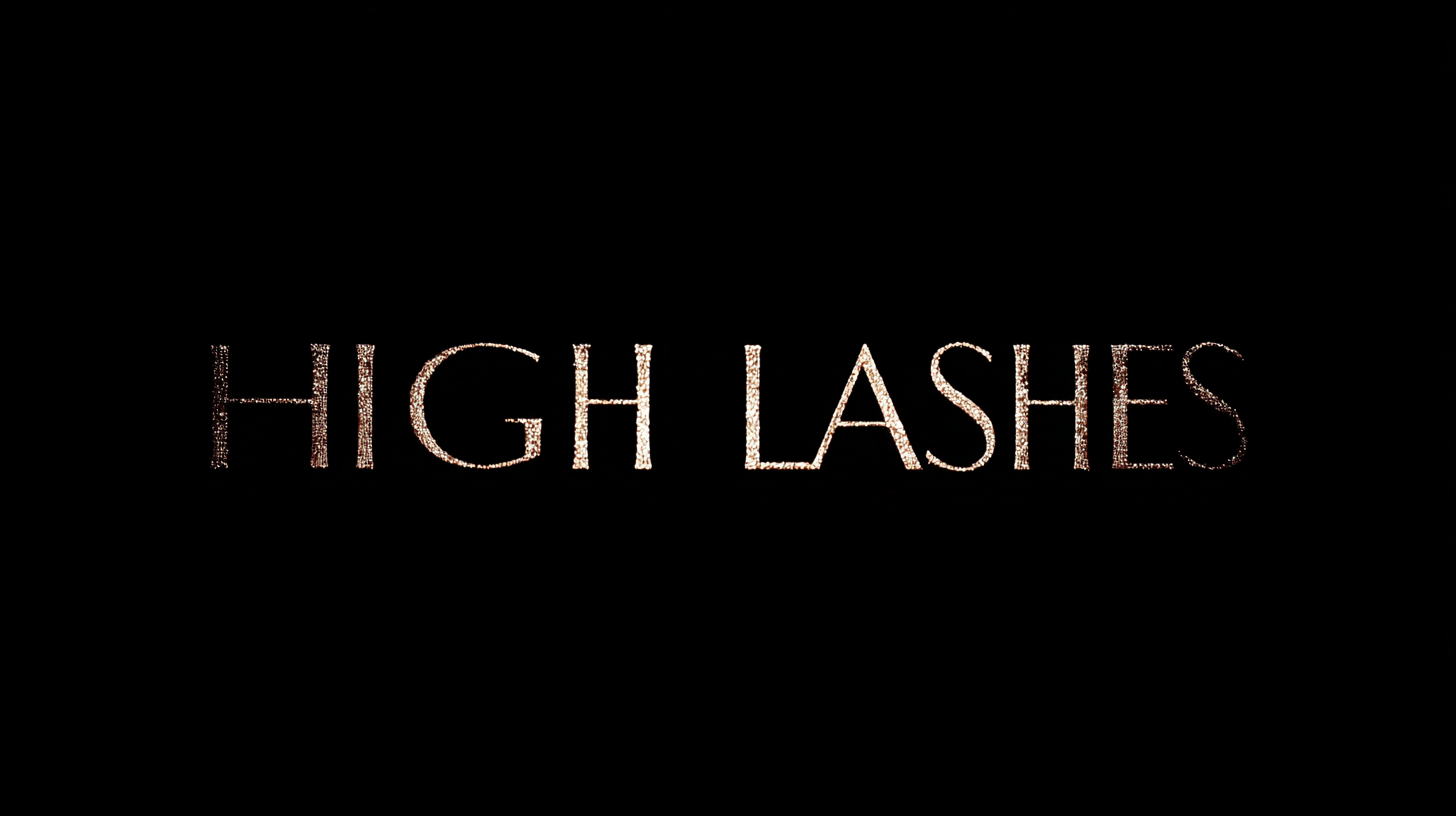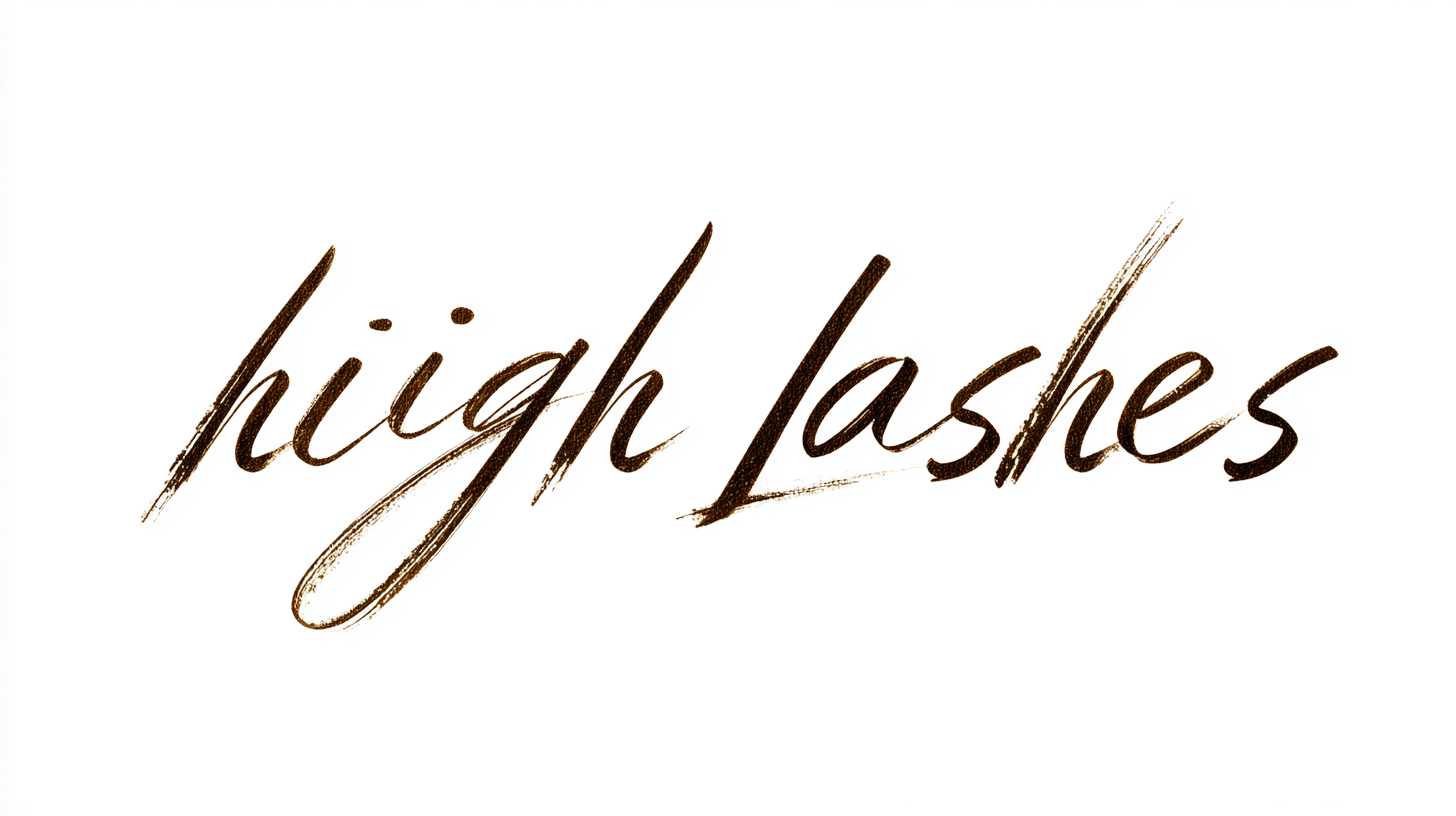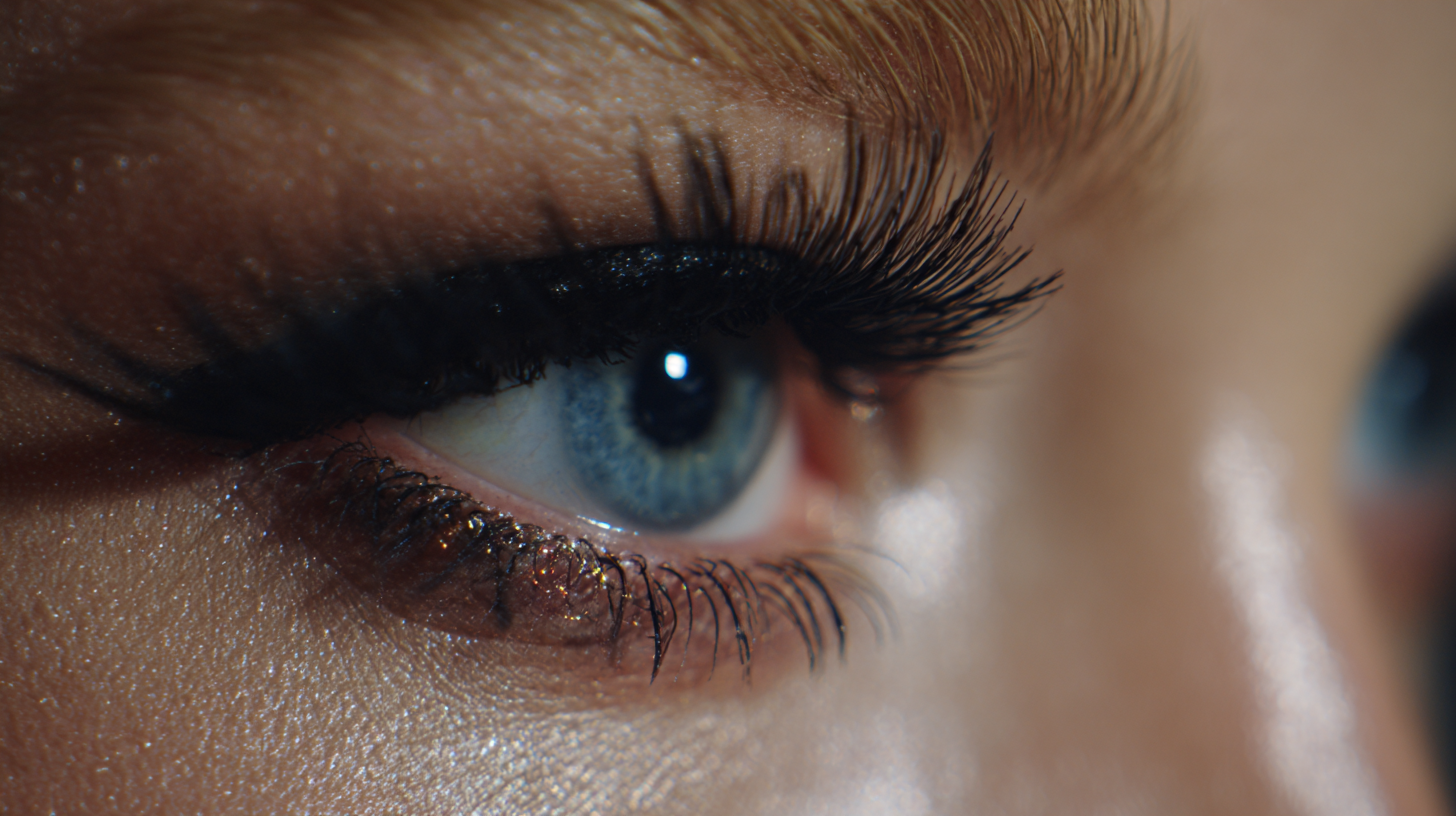Exploring the Impact of Best High Lashes on Beauty Industry Efficiency and Quality Challenges
In the ever-evolving beauty industry, the significance of "High Lashes" is becoming increasingly prominent, not only as a cosmetic trend but also as a crucial factor influencing efficiency and quality. The surge in demand for high-quality lash products has prompted a wave of innovations and standards within the industry. This blog aims to explore the intricate relationship between the best high lashes and the efficiency of beauty businesses, while also addressing the quality challenges that arise in the process.

Furthermore, we will delve into the implications of import and export certifications, which play a vital role in ensuring that beauty products meet stringent safety and quality regulations. By understanding these dynamics, we can uncover how high lashes are not only transforming beauty trends but also shaping the operational frameworks of the beauty industry at large.
The Rising Demand for High-Quality Lashes in the Beauty Market: Key Statistics and Trends
The beauty market is witnessing a significant surge in demand for high-quality lashes, driven by both consumer preferences and innovative product offerings. Recent industry analysis indicates that the faux eyelash market is expanding rapidly, with projections showing that synthetic options are expected to dominate about 60% of the market share by 2025. This growth is largely attributed to a shift towards online purchasing channels, which have seen a 45% increase in sales over the past year. Regions such as Southeast Asia are emerging as strong contenders in the beauty landscape, contributing to a projected annual growth rate of over 10%.
Tips: When selecting high-quality lashes, consider opting for synthetic materials that provide durability without compromising on appearance. Additionally, exploring various retail channels, particularly online stores, can lead to discovering exclusive deals and broader product selections.

Tips: Always check customer reviews and ratings when purchasing lashes, especially from e-commerce platforms, to ensure quality and satisfaction.
Evaluating Production Standards: How Digital Solutions Enhance Lash Quality Control
The beauty industry has seen significant advancements with the arrival of digital solutions, particularly in the production standards of high-quality lashes. By leveraging technology, manufacturers can streamline their processes, ensuring precision in every step from design to delivery. Automated systems allow for enhanced consistency, which is crucial in producing lashes that meet high consumer expectations. Quality control mechanisms integrated into the production line can quickly identify defects and reduce waste, making the whole industry more efficient.
Tip: When choosing lash products, look for brands that incorporate high-tech quality assurance processes. This can often be indicated on their packaging or website, providing consumers with confidence in their purchase.
Moreover, digital solutions facilitate real-time monitoring of production metrics, allowing for rapid adjustments to meet quality benchmarks. This responsiveness not only addresses immediate challenges but also fosters a continuous improvement culture among manufacturers. By becoming adaptable, companies in the beauty sector can quickly respond to market trends and consumer demands.
Tip: Research the brands that prioritize quality control and innovation in their production methods. Engaging with customer reviews and testimonials can also help you identify products that consistently deliver top-tier lashes.
Impact of Digital Solutions on Lash Quality Control
The Role of Innovation in Achieving Industry Efficiency for High Lashes Manufacturing
In the competitive landscape of the beauty industry, particularly in high lash manufacturing, innovation plays a crucial role in enhancing efficiency and overcoming quality challenges. According to a report by Grand View Research, the global false eyelashes market is expected to reach USD 1.6 billion by 2025, growing at a CAGR of 6.4% from 2019. This growth underscores a pressing need for manufacturers to adopt innovative practices, such as advanced production techniques and sustainable materials, to meet rising consumer demand while ensuring superior product quality.
New developments in technology are also re-shaping the high lash industry. For instance, automation in production lines has been identified as a key driver for increasing operational efficiency. A study from the International Journal of Advanced Manufacturing Technology indicated that automation could enhance productivity by over 50%, allowing brands to respond swiftly to market trends and consumer preferences. Moreover, integrating smart technology in product design, such as customizable lashes based on individual preferences, not only caters to consumer demands but also boosts brand loyalty. By embracing such innovations, high lash manufacturers can navigate quality challenges effectively and ensure their place in an evolving beauty market.
Challenges Faced by Brands: Balancing Quality and Cost in Lash Production Standards
In the highly competitive beauty industry, brands specializing in lash products are confronted with the dual pressure of maintaining high quality while keeping production costs low. According to a report by Grand View Research, the global false eyelashes market is projected to reach USD 1.48 billion by 2025, highlighting the growing demand for quality products. However, with this expansion comes the challenge of sourcing premium materials that meet consumer expectations without inflating prices. Brands often find themselves navigating a tightrope between offering superior quality and managing production expenses, often resulting in compromises that can affect their market reputation.

Moreover, a survey conducted by Statista indicates that 67% of consumers prioritize quality over price when purchasing beauty products, emphasizing that brand loyalty is significantly influenced by the perceived quality of lashes. As companies strive to align their production standards with consumer expectations, they must also contend with rising material costs and supply chain disruptions. The delicate balance between quality and cost not only impacts production strategies but also shapes the overall consumer experience, challenging brands to innovate and streamline their processes to sustain competitiveness in the evolving market landscape.
Consumer Insights: Understanding Preferences and Expectations for High Lashes in Today’s Market
In today's competitive beauty industry, understanding consumer preferences and expectations for high lashes is crucial for brands looking to thrive. As the market for false eyelashes continues to grow, consumers are increasingly discerning about the types of products they choose. Whether it's the ease of application associated with strip lashes or the natural look of individual lashes, knowing these preferences can help brands tailor their offerings. Additionally, materials used in the production, such as synthetic versus human hair, play a significant role in consumer choices, impacting both quality perception and comfort.
Recent studies highlight how the digital landscape influences purchasing decisions, with online reviews becoming a staple in the decision-making process. Consumers are leaning towards products that align with their values and expectations of authenticity, a trend especially pronounced among younger demographics. For brands, this means not only delivering high-quality products but also actively engaging with their audience to build trust and transparency. As expectations continue to evolve, staying attuned to these consumer insights will be pivotal for businesses aiming to succeed in the high lashes segment of the beauty industry.
Exploring the Impact of Best High Lashes on Beauty Industry Efficiency and Quality Challenges
| Dimension | Metric | Consumer Insights |
|---|---|---|
| Preference for Volume | 68% | Consumers prefer lashes that provide volume over length. |
| Quality Expectations | 85% | A significant percentage expect high quality in materials. |
| Purchase Influencers | 74% | Most consumers are influenced by social media reviews. |
| Price Sensitivity | 60% | Consumers express concerns over pricing vs. quality. |
| Sustainability Concerns | 55% | A growing number of consumers prefer eco-friendly options. |
